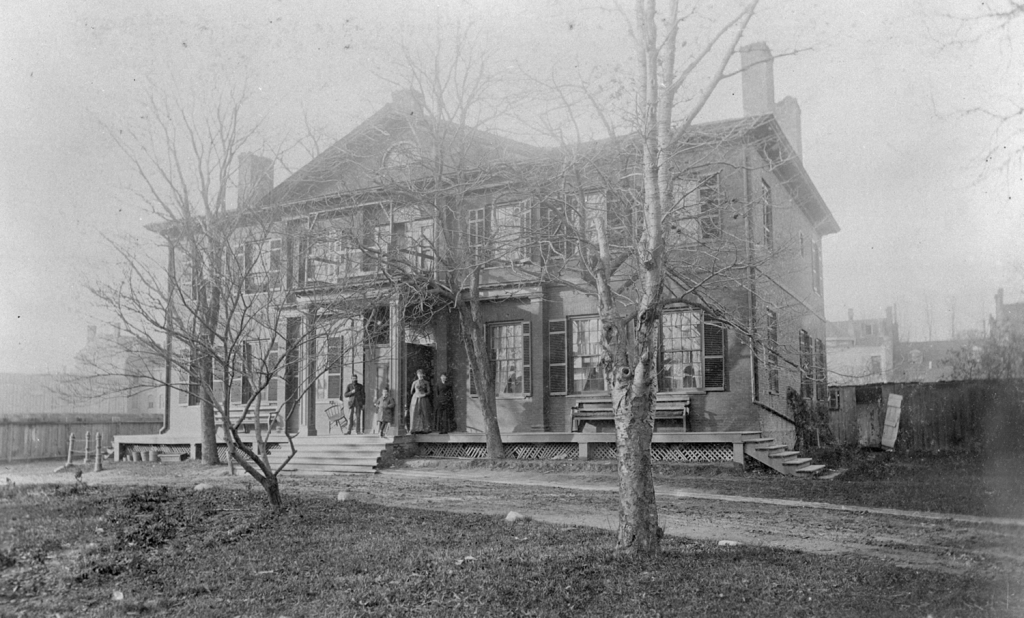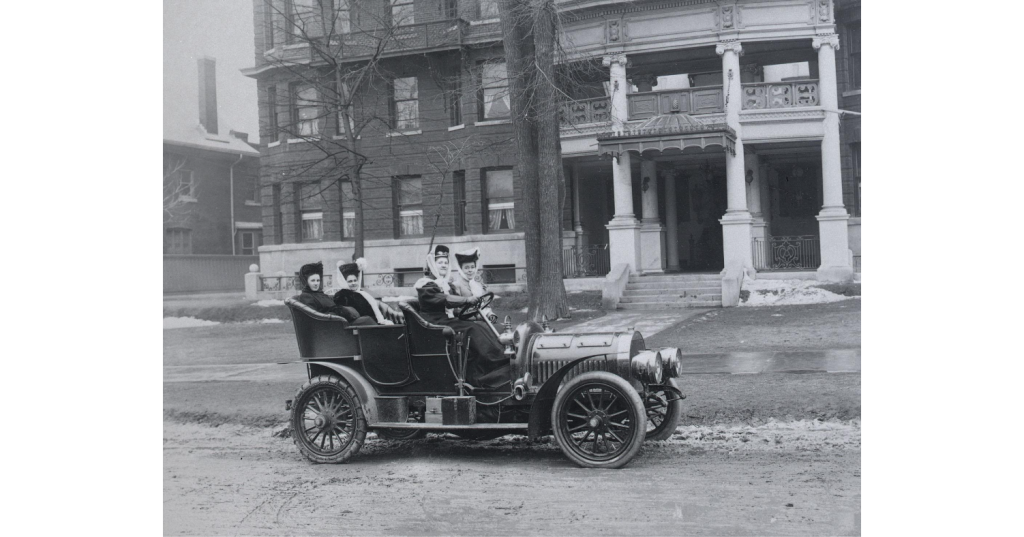 Monday, September 23, 2024
Monday, September 23, 2024  Monday, September 23, 2024
Monday, September 23, 2024 
By Nick Ainis – Founder & CEO of Fusioncorp Developments Inc.
This is a synopsis of the second of 10 Chapters, each to appear in Construction Links Network which began in November 2023. BUILDING TORONTO’s SKYLINE: TORONTO’S CONDOMINIUMS THROUGH THE AGES is available through Amazon in print, Kindle and audible editions.
The origins of what we know as condominiums today date back to the 18th Century – the days of communal living in barracks and boarding houses. Some boarding houses offered room and board, similar to today’s bed-and-breakfasts. In the 1800s, upwards of one-half of Toronto’s population lived in boarding houses. That includes both tenants and landlords.

Boarding houses offered varied lifestyles. By the 19th Century, boarders ranged from wealthy businesspeople to underprivileged labourers. Both singles and families rented. Some houses catered to the dietary restrictions of certain cultures and religions. Although people who relocated to cities far away from family found many advantages as renters, they also experienced social anxiety – especially women. If they sought out an all-female boarding house, others may assume they were part of a brothel, and if they opted for a coed house, they sometimes met men who were less than honorable.
Communal living was catching on and eventually morphed into apartment hotels. These complexes typically provided fully furnished apartments of varying types and were equipped with items guests could use during long stays.

The first purpose-built apartment buildings in Toronto came in 1899, with many exhibiting the simplistic design of the barracks that catered to military personnel and low-income general workers. Toronto’s first apartment building was Saint George Mansions at 1 Harbord Street. It was completed in 1904. A year later, a second and larger apartment complex, the Alexandra, was built. Neither apartment building is still standing.
By 1918, the Toronto City Directory listed 290 apartment buildings, many of which were built on street corners with the ground floor half a story above street level to allow more light into basement units. There was, however, a public prejudice against landlords and tenants, including concerns about overcrowding, poor ventilation, fire hazards and more. Toronto City Council passed a by-law prohibiting the construction of apartment buildings in certain residential areas. In addition, a by-law was passed to limit the size of new buildings and the amount of outdoor space required.
The First World War and the Great Recession saw the construction of fewer apartment buildings in the city. Post Second World War saw the first high-rise apartment buildings in Toronto, and condominiums became legalized in 1967. Condominiums then began to pop up in the 1970s and 1980s. And so the evolution of condos in Toronto began.
The author of Building Toronto’s Skyline: Toronto Condominiums Through the Decades, Nick Ainis is Founder & CEO of Fusioncorp Developments Inc., a boutique construction management and general contracting company specializing in multi-unit residential condominiums. He’s an experienced and highly respected construction professional with a Bachelor of Technology degree in Architectural Science and Project Management from Ryerson University. With over 20 years of experience, he leads a team who has a strong track record of delivering high-quality construction projects on time and within budget. His expertise is in managing high-rise residential projects, having developed a reputation as one of the industry’s finest project managers. As Fusioncorp’s CEO, he is involved in all aspects of each project from pre-construction through to construction and project closeout.